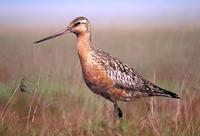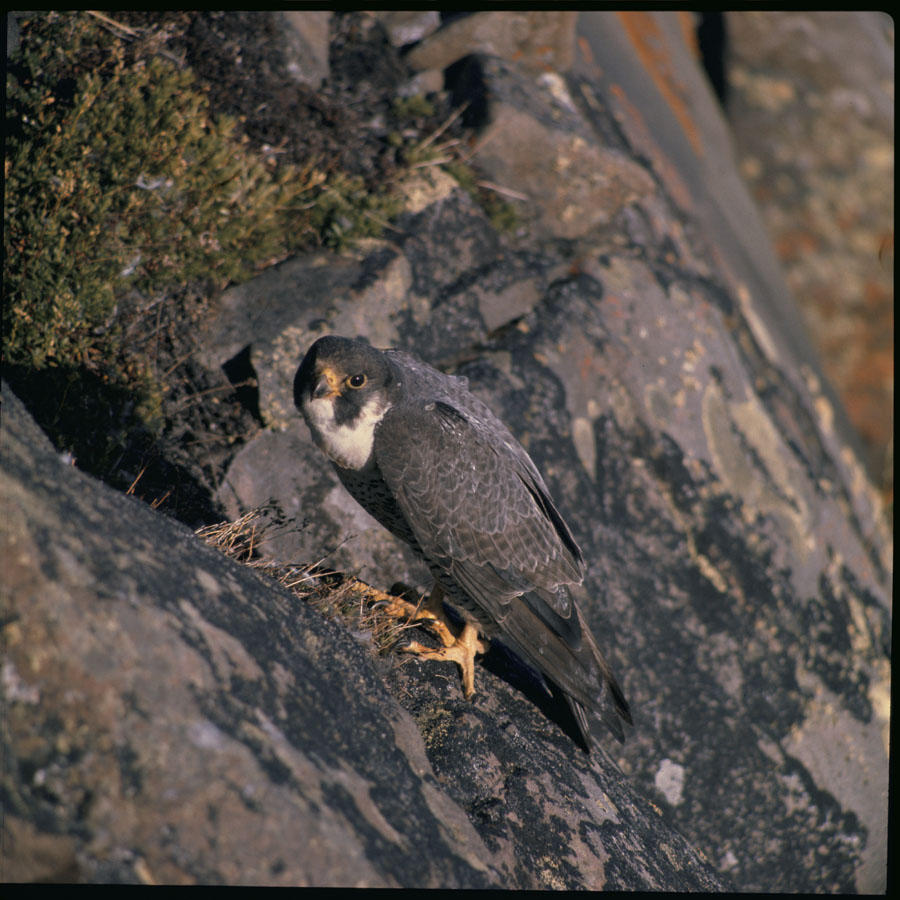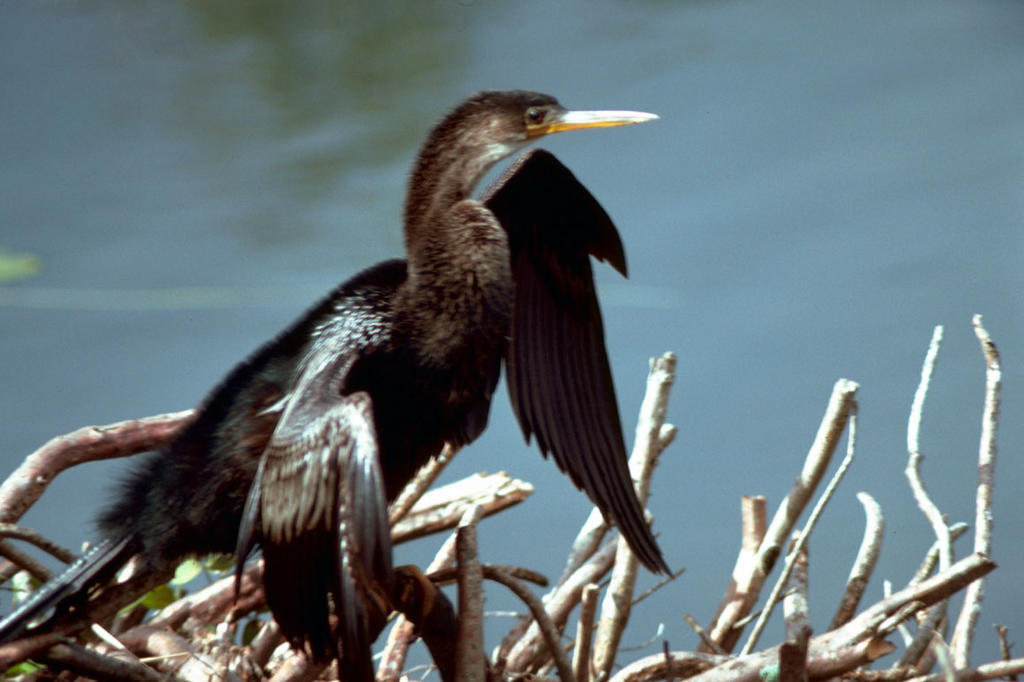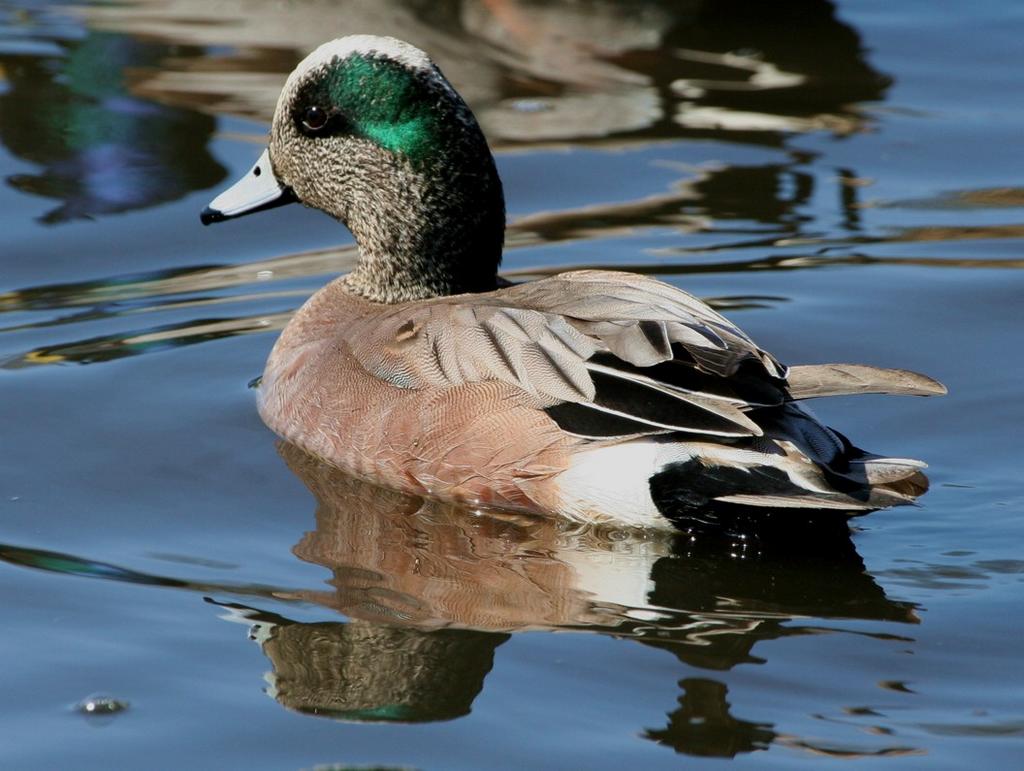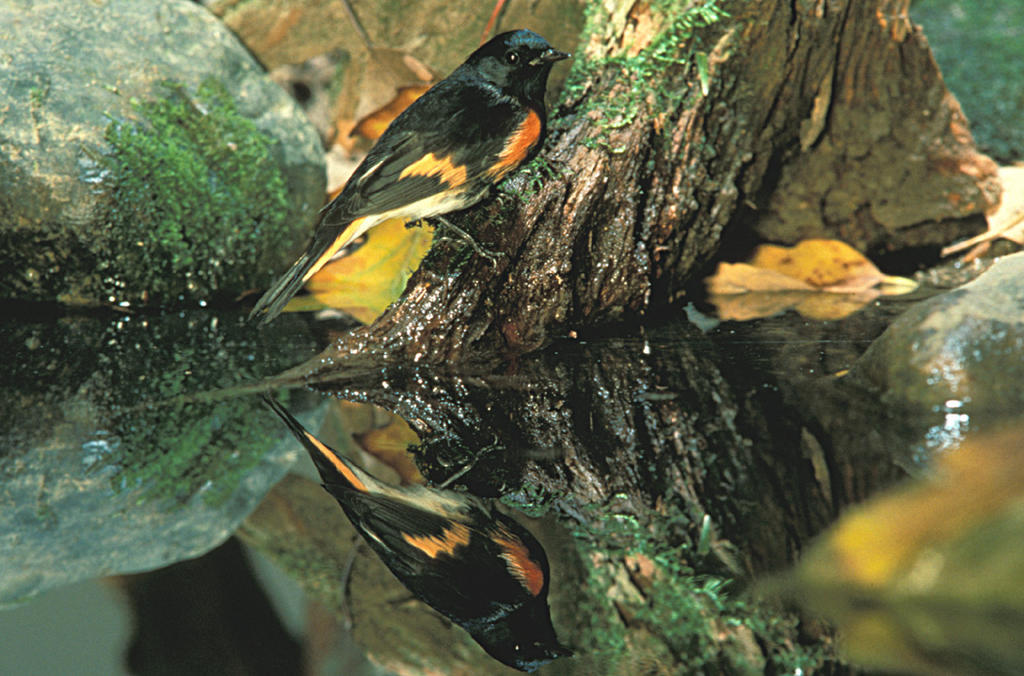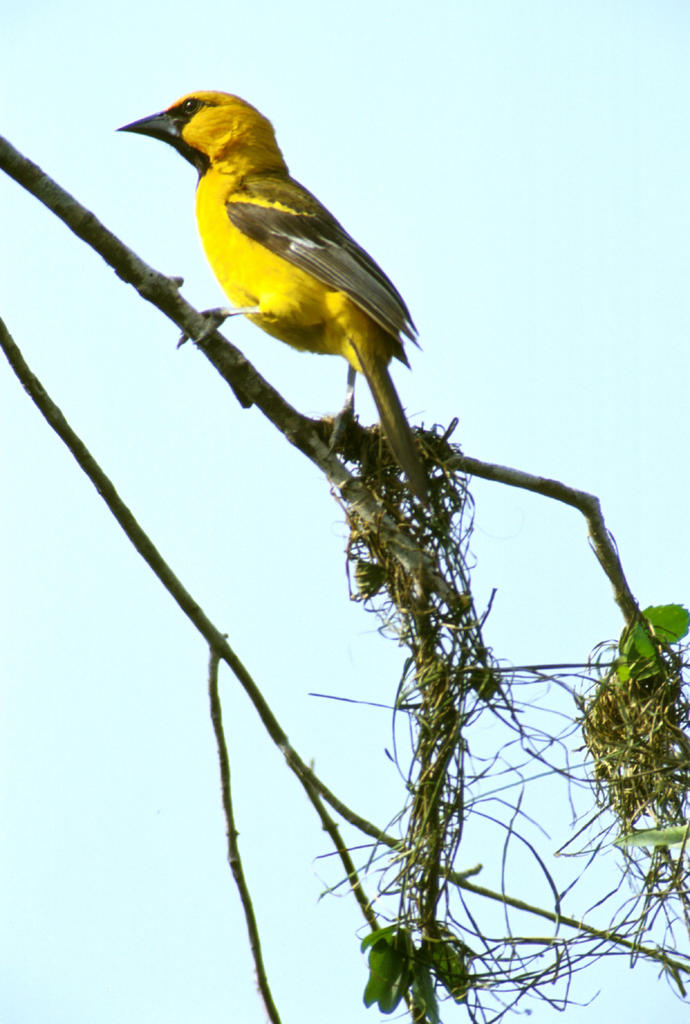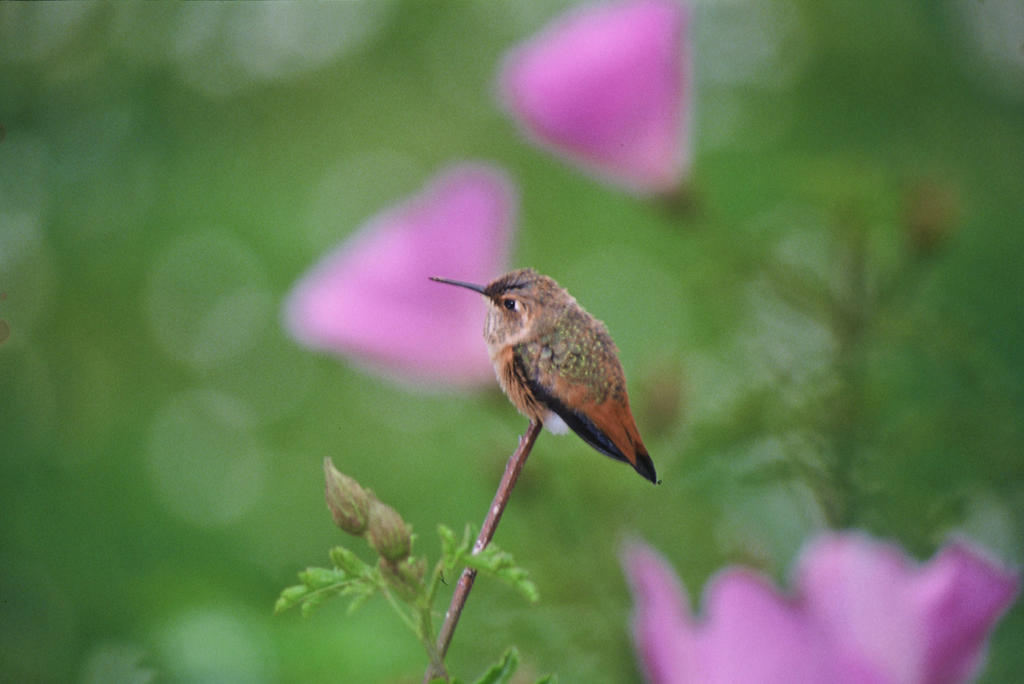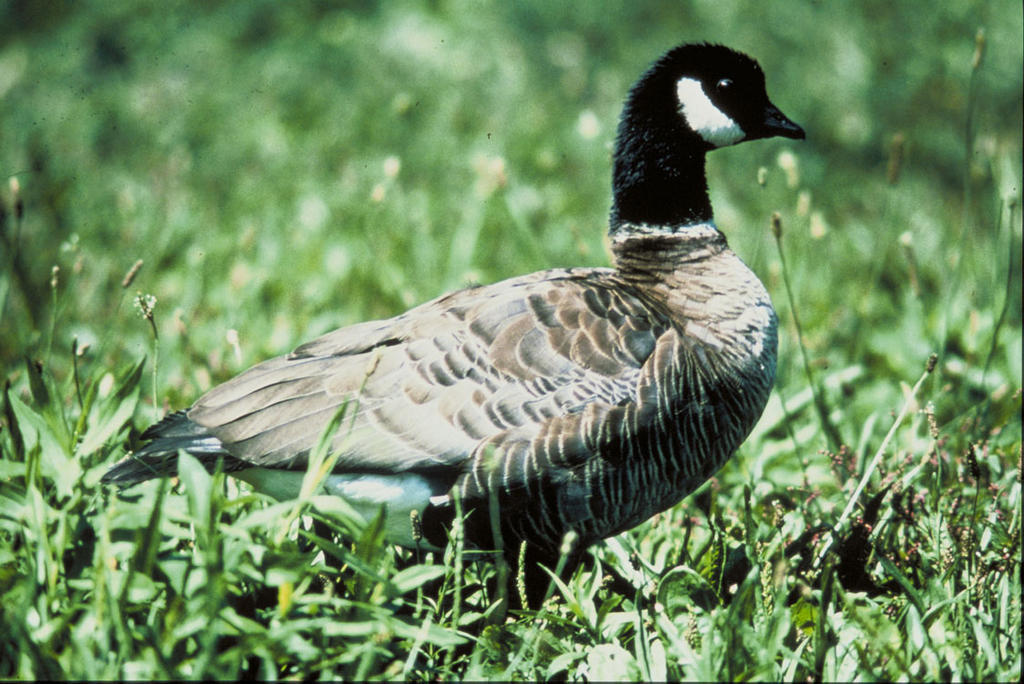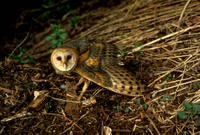 | Title: Barn Owl, Alternative Title: Tyto alba, Creator: Zeillemaker, C.F., Source: CD#1_2783, Publisher: U.S. Fish and Wildlife Service, Contributor: DIVISION OF PUBLIC AFFAIRS. |
Identification Tips: Length: 14 inches Wingspan: 44 inches, Large, nocturnal, predatory bird, Large, rounded head, Pale facial disks with dark frame, Tawny and gray upperparts with small black and white spots, White underparts with scattered dark spots, Sexes similar, Sometimes found in barns and silos.
The Barn Owl is easily distinguished from other owls by its face pattern. In flight, it lacks dark wrist marks found in Long-eared and Short-eared Owls.
File size: 246 KB, Format: JPEG image (image/jpeg), Dimensions: Screen: 1050px x 710px, Print: 7.00 x 4.73 inches, Resolution: 150 dpi (mid, presentation quality), Depth: Full Color.
Unless otherwise indicated, resources in the Digital Library System are in the public domain. No restrictions or copyrights are placed upon these materials. You may credit the source of the resource using the information contained in the "Creator" or "Rights" field of the resource record. Download Full High Resolution Image
File size: 753 KB, Format: JPEG image (image/jpeg), Dimensions: Screen: 2500px x 1691px, Print: 10.00 x 6.76 inches, Resolution: 250 dpi, Depth: Full Color.
Text Credit: Credit: U.S. Geological Survey, Department of the Interior/USGS, Length and wingspan from: Robbins, C.S., Bruun, B., Zim, H.S., (1966). Birds of North America. New York: Western Publishing Company, Inc.
Leave a comment, make a request, Let this small sampling be a guide to better quality, more plentiful, public domain, royalty free, copyright free, high resolution, images, stock photos, jpeg, jpg, free for commercial use, clip art, clipart, clip-art. more at Public Domain Clip Art and clip art or public domain and Barn Owl
